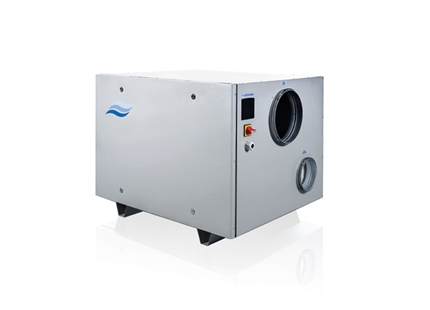Wind turbine and wind farm dehumidification
High relative humidity is a major contributor to corrosion of metal parts within both the tower and the nacelle of a wind turbine. At relative humidity levels above 55% up to 95% there can be a 6 fold increase in the corrosion rate of metal parts. Offshore installations have the added problem of a salt laden atmosphere, which significantly increases the rate of corrosion.
High internal relative humidity within the wind turbine increases the likelihood of condensation from the natural cycle of daytime warming and night-time cooling. Even small reductions in temperature can cause condensation on internal surfaces. If the daytime internal condition is 20°C and 75%RH, the temperature only has to reduce by 4.5°C to reach a point at which condensation forms.
However if the relative humidity is reduced to 40% there has to be a 14°C reduction to form condensation.
Condensation can damage electronic components, leading to downtime on the generator and higher associated maintenance cost. In winter it can lead to ice formation internally to the turbine. Long term condensation can lead to a reduction in the expected operational life of a turbine of 20+ years.
Towers and nacelles are not airtight, small openings can allow comparatively large air ingress bringing in considerable moisture loads. The rate of ingress will be increased by the wind pressure on the structure. With a medium wind speed of around 30mph, a 1cm opening will allow about 5m³ of air per hour to enter the structure. Multiplied by the potential number of openings across the whole structure a total airchange of between 0.25 and 0.5 per hour would not be uncommon. In humid environments this can result in a moisture addition of approximately 2-3kg/hr.
-
Around the 45-50%RH. However, it could be lower if there is a larget temperature range between day and night conditions.
-
Desiccant dehumidifier systems offer the best solution for wind turbines, as they are very flexible in operation. They offer a wide range of operational temperatures, typically -30 to +40°C, together with ambient humidity from 0-100%RH.
The overall drying capacity needed in a wind turbine may not be that large in terms of moisture removal, consequently even on large towers small compact desiccant dehumidifiers can be employed. -
Whilst heating will certainly reduce the relative humidity level it does not reduce the absolute humidity. Absolute humidity is the mass of water per unit volume of air (quantity of moisture in the air). Neither does it reduce the dewpoint temperature, so if the surface temperature reduces, condensation will still form.
Heating will not be a successful humidity control strategy.
Benefits of Condair dehumidification in wind turbines
- Avoid higher maintenance costs and turbine downtime.
- Maximise the operational lifetime of the turbine.
- Extensive experience in projects around the world.
- Comprehensive product range with specialised units for offshore environments
- Local engineering support for reliable operation in critical environments
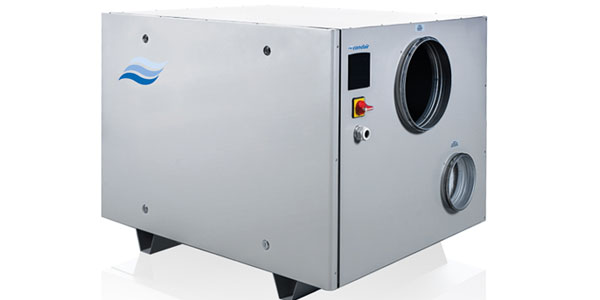
Condair DA desiccant dehumidifier
Talk to an expert in wind turbine dehumidification

PODCAST: HOW TO SIZE & SELECT A DEHUMLearn the important things to consider when approaching a commercial dehumidifier project.

Free 10-point guide to specifying dehumidifiers
Download your free 10-point guide to specifying dehumidifiers and get an easy-to-follow overview for planning dehumidifier projects.
It covers system design, dehumidifier selection & sizing, drying psychrometrics, energy saving and much more.
You may also be interested in...
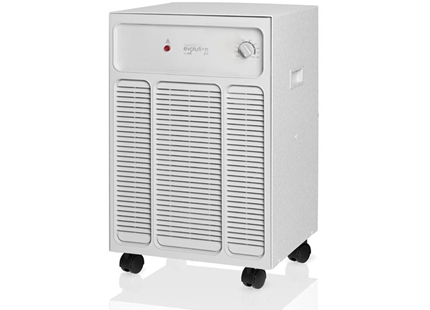
Evolution D165 mobile dehumidifier
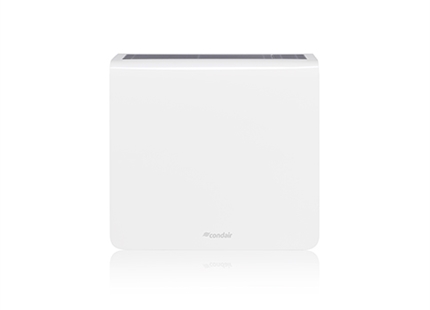
Condair DP swimming pool dehumidifiers
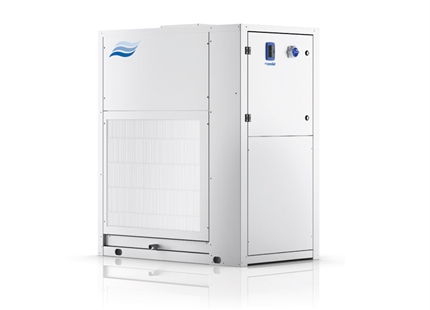
Condair DC-LT low temperature condensing dehumidifier
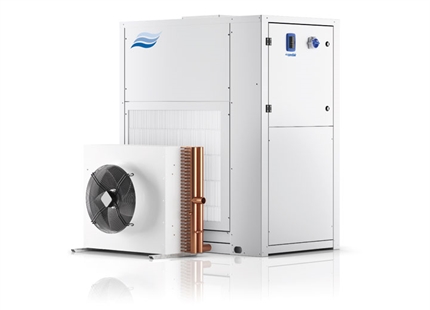
Condair DC-N dehumidifier with external condenser
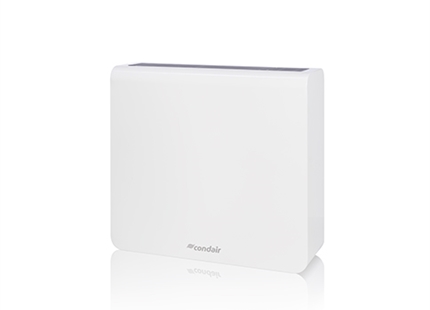
Condair DC wall and ceiling mounted condensing dehumidifiers
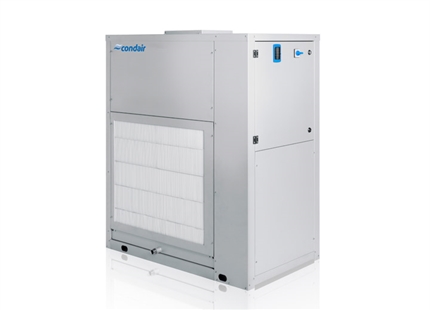
Condair DC condensing dehumidifiers
